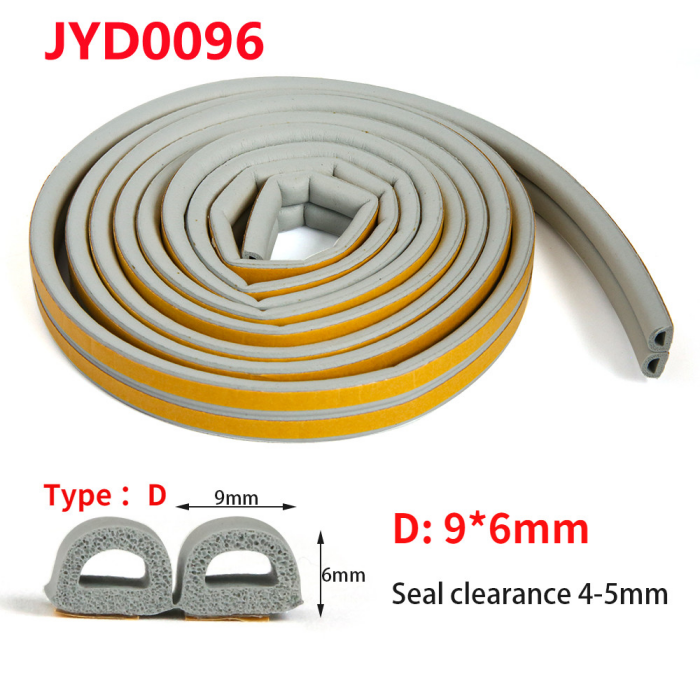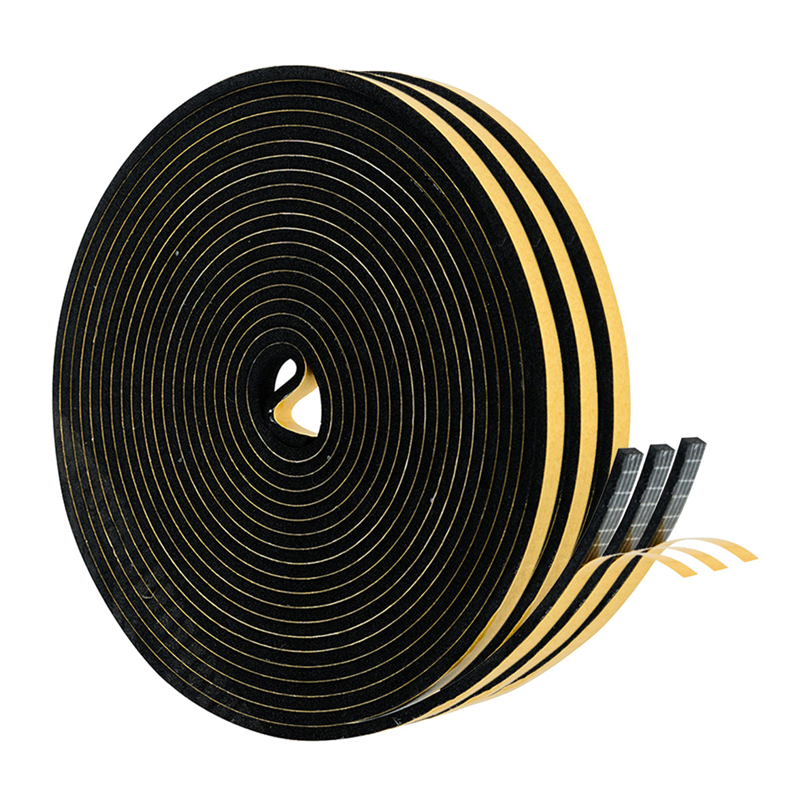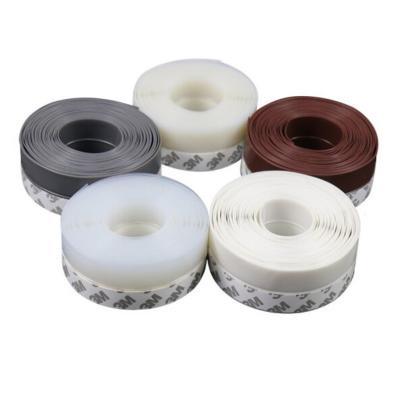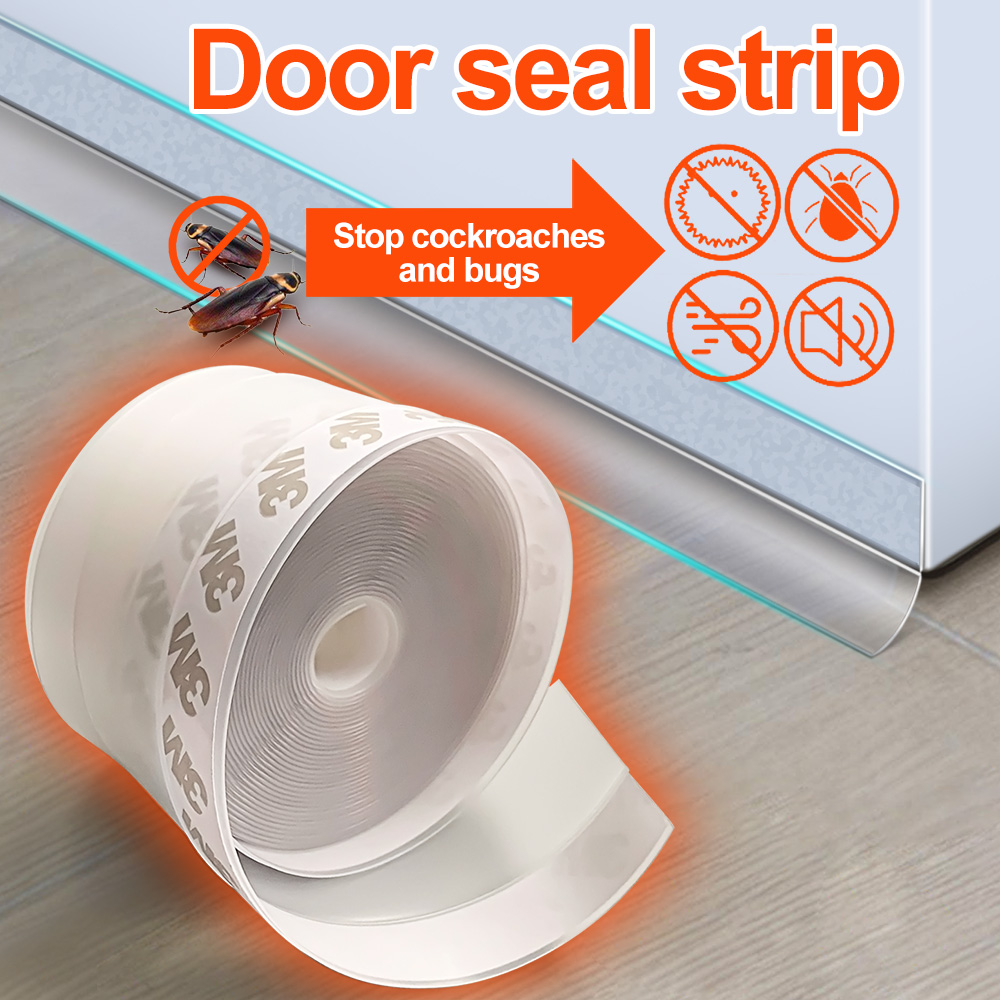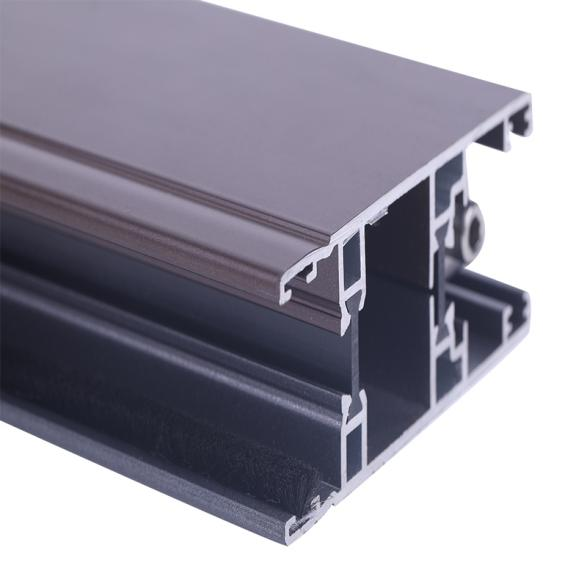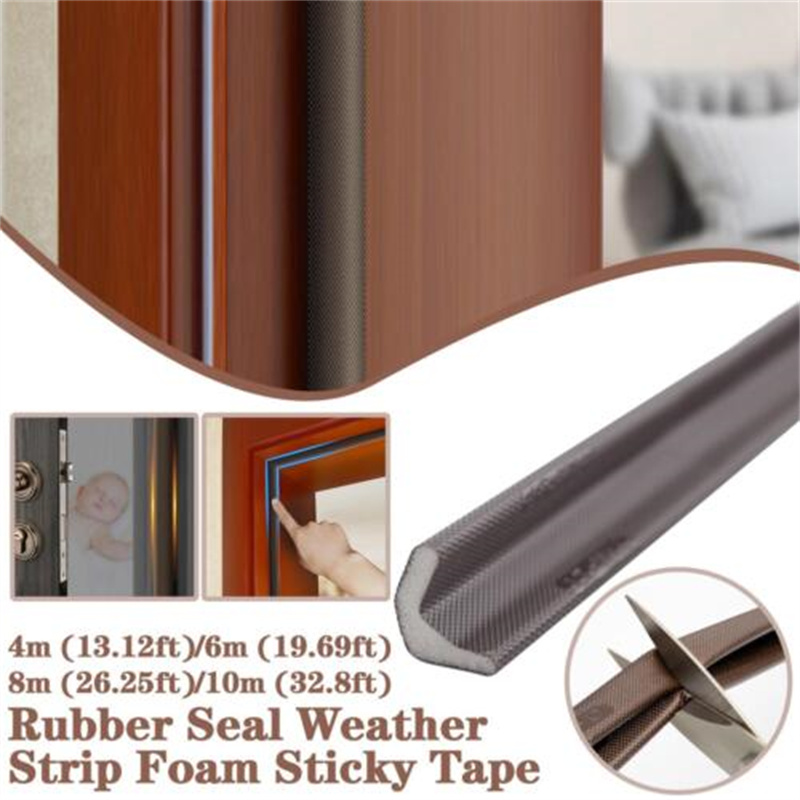Title: Guide to Using Door and Window Seals for Effective Insulation
Introduction:
Properly sealing doors and windows is crucial for maintaining a comfortable and energy-efficient living environment. One essential component of sealing is the use of door and window seals, also known as weatherstripping. In this article, we will guide you through the process of effectively using door and window seals to enhance insulation in your home or office.
Step 1: Select the Right Type of Seal:
There are various types of door and window seals available, including adhesive-backed foam tape, V-strip, door sweeps, and silicone caulk. Before purchasing, consider the specific needs of each area and the level of insulation required. Foam tape works well for sealing gaps on windows, while V-strips are suitable for door frames. Door sweeps are ideal for the bottom of doors, and silicone caulk can be used for filling cracks and gaps around windows.
Step 2: Prepare the Surface:
Before applying the seal, ensure that the surfaces are clean, dry, and free from dust and debris. Wipe the area thoroughly with a clean cloth or sponge. If there are existing seals, remove them carefully, and clean any adhesive residue.
Step 3: Measure and Cut:
Measure the length of the area that needs sealing. Use a measuring tape to get accurate measurements and add a few extra inches to allow for adjustments. Most seals can be easily cut with scissors or a utility knife to fit the desired length.
Step 4: Apply the Seal:
Peel off the backing of the adhesive side of the seal and carefully press it onto the desired surface. Start at one end and gradually work your way to the other end, ensuring even application. Press firmly to ensure good adhesion.
Step 5: Test for Effectiveness:
Once the seal is applied, test its effectiveness by closing the door or window. Check for any gaps or drafts. If you notice any areas where air is still leaking, you may need to reinforce or replace the seal in that specific area.
Step 6: Maintenance:
Regularly inspect your door and window seals for signs of wear and tear. Over time, seals may become damaged or lose their effectiveness. Replace any damaged seals promptly to maintain optimal insulation.
Conclusion:
Properly sealing doors and windows using door and window seals is an effective way to improve insulation, reduce energy costs, and enhance overall comfort in your living or working space. By following these simple steps, you can ensure that your seals are correctly installed and maintained, providing a reliable barrier against drafts and external elements. Take the time to assess your sealing needs, choose the right type of seal, and regularly inspect and replace worn-out seals to maximize their effectiveness and enjoy the benefits of a well-insulated environment.
contact us
Company: Sichuan Jiayueda Building Materials Co., Ltd.
Contact: grace Lee ,gracelee@jyd-buildingmaterials.com
Aria huang, aria@jyd-buildingmaterials.com
WhatsApp: +86 173 4579 3501(grace Lee)
+86 17345793570(Aria huang)
Post time: May-22-2023

